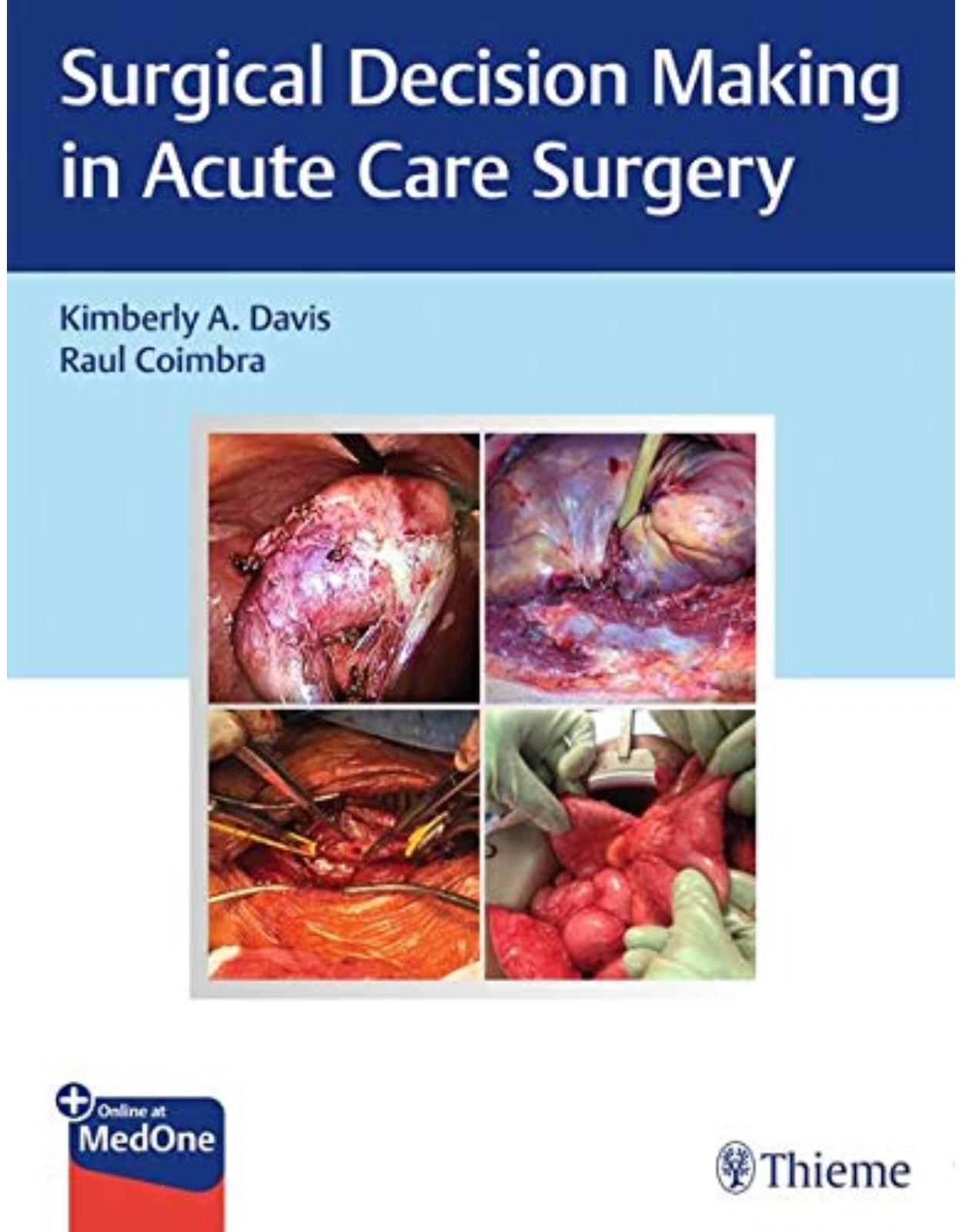
Surgical Decision Making in Acute Care Surgery
Livrare gratis la comenzi peste 500 RON. Pentru celelalte comenzi livrarea este 20 RON.
Disponibilitate: La comanda in aproximativ 4 saptamani
Autor: Kimberly Davis, Raul Coimbra
Editura: Thieme
Limba: Engleza
Nr. pagini: 280
Coperta: Hardcover
Dimensiuni: 22.35 x 2.03 x 28.45 cm
An aparitie: 10 Aug. 2020
Description:
Unique book provides comprehensive discussion of MIS versus traditional techniques in modern Acute Care Surgery
The combination of a surgeon shortage and poor access to emergency surgical care led to establishment of the Acute Care Surgery paradigm and subspecialty in 2003. Concurrently, minimally invasive approaches revolutionized surgical practice in the 21st century. In the U.S., acute care surgeons stand at the front line of patient care for emergency general surgery, trauma, and surgical critical care, and thus are positioned to positively impact healthcare delivery and costs. Surgical Decision Making in Acute Care Surgery by renowned surgeons Kimberly Davis and Raul Coimbra is the first text that comprehensively discusses when to use minimally invasive techniques and advanced technology versus traditional open procedures in acute traumatic and non-traumatic surgical emergencies.
The text begins with three opening chapters covering the background of the Acute Care Surgery subspecialty, anatomic and physiological considerations, and the impact of acute surgical illness on pre- and post-operative critical care decisions. Subsequent chapters outline surgical approaches for commonly encountered acute conditions. Trauma chapters cover interventions for cervical, blunt and penetrating abdominal, and thoracic injuries. Emergency general surgery topics run the gamut from appendicitis to emergency management of paraesophageal hernias and esophageal perforations. An impressive group of senior surgeons and younger rising stars in American surgery share their expertise throughout the book.
Key Highlights
Disease-specific chapters include epidemiology, pathogenesis, diagnostic tools, treatment strategies, surgical techniques, cost analyses, complications, and national guidelines where available
Subchapters feature expert commentary on preceding chapters, including clinical pearls and controversies (e.g. operative vs. nonoperative management)
In-depth discussion of surgical decision making encompasses the type of surgical approach, as well as indications and contraindications for MIS
The roles of MIS procedures such as laparoscopy, thoracoscopy, radiology-based percutaneous techniques, as well as endovascular surgery are examined
The quintessential resource on contemporary Acute Care Surgery practice, this is a must-read for residents, junior faculty, and practicing surgeons in this discipline.
Table of Contents:
1 The Definition of Acute Care Surgery
1.1 Drivers for the Acute Care Surgery Model
1.2 Fellowship Training in ACS
1.3 Surgeon Satisfaction with ACS
1.4 Patient Throughput Improvements with ACS
1.5 Care Delivery Models
1.6 Standardizing Care: The Development of Grading Systems for EGS Diseases
1.7 Improving Patient Outcomes after Emergency General Surgery
1.8 Conclusion
2 Anatomic and Physiological Considerations
2.1 Introduction
2.2 Physiological Effects of Laparoscopy
2.2.1 Physiologic Effects of Increased Intra-abdominal Pressure
2.2.2 Physiologic Effects of Hypercarbia
2.3 Anatomic Considerations
2.4 Patient Populations
2.4.1 Pediatric Patients
2.4.2 Pregnant Patients
2.4.3 Geriatric Patients
2.5 Other Physiological Considerations of Minimally Invasive Surgery
2.6 Future of Minimally Invasive Surgery
3 Impact of Acute Surgical Illness on Critical Care Decisions Pre- and Postoperatively
3.1 Preoperative Critical Care
3.1.1 Strategies to Optimize Organ Function and Intravascular Volume Preoperatively
3.2 Postoperative Critical Care
3.2.1 Role of the Surgical Team and Intensivist
3.2.2 Resuscitation Goals
3.2.3 Transfusion Strategies
3.2.4 Management of Sepsis
3.2.5 Respiratory Failure/ARDS
3.2.6 Acute Kidney Injury
3.2.7 Nutrition
3.2.8 Pain, Agitation, and Delirium
3.2.9 Prevention of Complications/Prophylaxis
4 Cervical Trauma
4.1 Penetrating Neck Trauma
4.1.1 Tracheal Injury
4.1.2 Cervical Esophageal Injury
4.1.3 Cervical Vascular Injury
4.2 Carotid Artery
4.3 Vertebral Artery
4.4 Subclavian Artery
4.5 Blunt Neck Trauma
4.5.1 Blunt Cerebrovascular Injury Management
Expert Commentary on Cervical Trauma
5 Blunt Abdominal Trauma
5.1 Introduction
5.2 General Approach to Blunt Abdominal Trauma
5.3 Management of Specific Injuries After Blunt Abdominal Trauma
5.3.1 Solid Organ Injuries
5.3.2 Diagnosis
5.3.3 Management Strategy
5.3.4 Surgical Techniques
5.3.5 Complications
5.4 Hollow Viscus Injuries
5.4.1 Diagnosis
5.4.2 Management Strategy
5.4.3 Surgical Techniques
5.5 Gastroesophageal (GE) Junction Injuries
5.5.1 Stomach
5.5.2 Duodenum
5.5.3 Small Bowel and Colon
5.5.4 Rectum
5.5.5 Complications
5.6 Pancreatic Injuries
5.6.1 Diagnosis
5.6.2 Management Strategy
5.6.3 Surgical Techniques
5.6.4 Complications
5.7 Major Vascular Injuries
5.7.1 Diagnosis
5.7.2 Management Strategy
5.7.3 Surgical Techniques
5.7.4 Complications
5.8 Diaphragm Injuries
5.8.1 Diagnosis
5.8.2 Management Strategy
5.8.3 Surgical Techniques
5.8.4 Complications
5.9 Considerations for Abdominal Closure
5.10 Conclusion
Expert Commentary on Blunt Abdominal Trauma
6 Penetrating Abdominal Trauma
6.1 Introduction
6.1.1 A Brief History of Penetrating Abdominal Trauma
6.1.2 Epidemiology of Penetrating Abdominal Trauma
6.1.3 Abdominal Anatomy
6.2 Basic Principles of Penetrating Abdominal Trauma
6.2.1 Mechanisms of Injury
6.2.2 Initial Evaluation
6.2.3 Basic Operative Principles
6.3 Evaluation and Management of Abdominal StabWounds
6.3.1 Evaluating for “Hard Signs to Operate”
6.3.2 Selective Nonoperative Management
6.3.3 Operative Principles Unique to StabWounds
6.4 Evaluation and Management of Gunshot Wounds
6.4.1 Evaluating for “Hard Signs to Operate”
6.4.2 Selective Nonoperative Management
6.4.3 Operative Principles Unique to GunshotWounds
6.5 Laparoscopy in Penetrating Abdominal Trauma
6.6 Special Scenarios
6.6.1 Penetrating Abdominal Trauma in Pregnancy
6.7 Damage Control Surgery
6.7.1 Damage Control Abdominal Procedures
6.7.2 Damage Control Resuscitation
6.8 Conclusion
Disclaimer
Expert Commentary on Penetrating Abdominal Trauma
7 Thoracic Trauma
7.1 Introduction
7.2 Initial Evaluation
7.3 Indications for Operative Intervention
7.3.1 Urgent/Emergent
7.3.2 Thoracic Damage Control
7.3.3 Elective
7.4 Video-assisted Thoracoscopic Surgery (VATS)
7.4.1 History of VATS
7.4.2 Advantages and Indications for VATS
7.4.3 VATS Operative Technique
7.4.4 VATS Indications
7.5 Contraindications and Complications of VATS
7.6 Open Thoracic Surgery
7.6.1 Operative Exposure
7.6.2 Airway Management
7.6.3 Operative Techniques
7.7 Complications
7.8 Cardiac Injuries
7.8.1 Presentation and Evaluation
7.8.2 Treatment
Expert Commentary on Thoracic Trauma
8 Vascular Trauma
8.1 Introduction
8.2 Diagnostic Testing
8.3 Operative Considerations and Approaches
8.3.1 Thoracic Aorta and Great Vessels
8.3.2 Neck Exposure
8.3.3 Carotid Artery
8.3.4 Vertebral Artery Exposure
8.3.5 Axillary Artery Exposure
8.3.6 Brachial Artery
8.3.7 Abdominal Aorta and the Inferior Vena Cava (IVC)
8.3.8 Celiac Artery
8.3.9 Superior Mesenteric Artery (SMA)
8.3.10 Inferior Mesenteric Artery (IMA)
8.3.11 portal vein (pv) and superior mesenteric vein (smv)
8.3.12 Renal Artery and Vein
8.3.13 Common Femoral Artery (CFA) and Vein
8.3.14 Proximal SFA and Profunda Femoral Artery (PFA)
8.3.15 Distal SFA
8.3.16 Popliteal Artery
8.4 Extremity Injuries
8.5 Reconstructive Options
8.5.1 Saphenous vein
8.5.2 Polytetrafluoroethylene (PTFE)
8.5.3 Other Conduits
8.6 Venous Injuries
8.7 Considerations After Repair of Extremity Injuries
8.8 Role of Endovascular Interventions
8.8.1 Shunts
8.8.2 Tourniquets
8.8.3 REBOA
8.9 Conclusion
Expert Commentary on Vascular Trauma
9 Appendicitis
9.1 Introduction
9.2 Epidemiology
9.3 Pathogenesis
9.4 Diagnosis
9.4.1 Ultrasound.
9.4.2 Computed Tomography
9.4.3 MRI
9.5 Treatment
9.5.1 Laparoscopic Versus Open Appendectomy
9.5.2 Alternative Minimal Invasive Techniques
9.5.3 Appendectomy Versus Antibiotics
9.5.4 Uncomplicated
9.5.5 Complicated Appendicitis
9.6 Appendicitis in the Elderly
9.7 Pregnancy
Expert Commentary on Appendicitis
10 Acute Cholecystitis
10.1 Introduction
10.2 Diagnostic Evaluation
10.3 Indications and Timing for Operative Intervention
10.4 Symptomatic Gallbladder disease
10.4.1 Acute Cholecystitis
10.4.2 Percutaneous Cholecystostomy
10.4.3 Chronic Cholecystitis
10.5 Complicated Biliary Disease
10.5.1 Choledocholithiasis
10.5.2 Cholangitis.
10.5.3 Gallstone Pancreatitis
10.5.4 Gangrenous Cholecystitis
10.5.5 Acalculous Cholecystitis
10.5.6 External Compression of the Common Bile Duct: Mirizzi’s and Lemmel Syndrome
10.5.7 Hydrops
10.5.8 Cholecystenteric Fistula (Gallstone Ileus)
10.5.9 Porcelain Gallbladder
10.6 Special Populations
10.6.1 Cholecystitis in Pregnancy
10.6.2 Cirrhosis
10.6.3 Older population with Cholecystitis
10.7 The Role of Minimally Invasive Surgery
10.7.1 Role Of Intraoperative Cholangiogram (IOC), Intraoperative Ultrasound, and Indocyanine Green (ICG)
10.8 Contraindications to an MIS Approach
10.8.1 Open Cholecystectomy
10.9 The Role for Nonoperative Management
10.9.1 Percutaneous Cholecystostomy
10.9.2 Perforated Cholecystitis with Hepatic Abscess
10.10 The Management of Complications
Expert Commentary on Acute Cholecystitis
11 Acute Diverticulitis
11.1 Introduction
11.2 Indications for Operative Intervention
11.3 Nonoperative Management
11.4 Emergent Operation
11.5 Nonemergent Surgery
11.6 Role of Minimally Invasive Surgery
11.7 Contraindications to MIS
11.8 Open Management Strategies
11.8.1 Hartmann’s Procedure
11.8.2 Primary Anastomosis (PA), With or Without, Diverting Loop Ileostomy (DLI)
11.9 Damage Control
11.9.1 Timing of Stoma Reversal
11.9.2 Management of Postoperative Complications
Expert Commentary on Acute Diverticulitis
12 A Modern Approach to Complicated Pancreatitis
12.1 Terminology Matters
12.2 Necrosis and Infection Exist in a Continuum
12.3 Indications for Intervention
12.4 What is Our Goal?
12.5 Evolution of Strategies
12.5.1 Open Necrosectomy
12.5.2 Laparoscopic Debridement
12.5.3 Retroperitoneal Debridement
12.5.4 Two Trocar Technique
12.5.5 Primary Percutaneous Drainage
12.5.6 Transgastric Debridement
12.5.7 Endoscopic Transgastric Debridement
12.6 Conclusion
Expert Commentary on A Modern Approach to Complicated Pancreatitis
13 Inflammatory/Infectious Bowel Disease
13.1 Crohn’s Disease
13.1.1 Introduction
13.1.2 Indications for Operative Intervention
13.1.3 Special Considerations
13.1.4 Minimally Invasive Approaches in Crohn’s Disease
13.1.5 Conclusion
13.2 Ulcerative Colitis
13.3 Clinical Manifestations
13.3.1 Indications for Operative Intervention
13.3.2 The Role of Minimally Invasive Surgery
13.3.3 Contraindications to an MIS Approach
13.3.4 Open Management Strategies
13.3.5 The Management of Postoperative Complications
13.4 Clostridium Difficile Colitis
13.4.1 Indications for Operative Intervention
13.4.2 The Role of Minimally Invasive Surgery
13.4.3 Contraindications to an MIS Approach
13.4.4 Open Management Strategies
13.4.5 The Management of Postoperative Complications
13.4.6 Conclusion
Expert Commentary on Inflammatory/Infectious Bowel Disease
14 Gastroduodenal Ulcers Requiring Surgery
14.1 Introduction
14.2 Risk Factors for Peptic Ulcer Disease
14.3 Disease Presentation
14.4 Diagnosis
14.5 Management of Complicated Peptic Ulcer Disease
14.6 Management of Hemorrhagic Peptic Ulcer Disease
14.7 Postoperative management of Complicated Peptic Ulcer Disease
14.8 Conclusion
Expert Commentary on Gastroduodenal Ulcers Requiring Surgery
15 Intestinal Bowel Obstruction
15.1 Introduction
15.2 Background
15.3 DiagnosticWorkup
15.4 Small Bowel Obstruction
15.4.1 Indications for Operative Intervention
15.4.2 Minimally Invasive Surgery for Small Bowel Obstruction
15.4.3 Technical Considerations in Minimally Invasive Surgery for Small Bowel Obstruction
15.4.4 Early Postoperative Obstruction
15.5 Large Bowel Obstruction
15.5.1 Operative Intervention for Large Bowel Obstruction
15.5.2 Minimally Invasive Surgery for Large Bowel Obstruction
15.5.3 Technical Considerations in Minimally Invasive Surgery for Large Bowel Obstruction
15.5.4 Endoscopic Management of Large Bowel Obstruction
Expert Commentary on Intestinal Bowel Obstruction
16 Surgical Management of Incarcerated Hernias
16.1 Introduction
16.2 Epidemiology
16.3 Differential Diagnosis
16.4 Diagnosis
16.5 Treatment
16.6 Inguinal Hernia
16.6.1 Examples
16.7 Umbilical Hernia
16.8 Epigastric, Ventral, and Incisional Hernias
16.9 Spigelian Hernia
16.10 Diaphragmatic Hernia
16.11 Flank Hernia
16.12 Pelvic Hernia
16.13 Internal Hernia
Expert Commentary on Surgical Management of Incarcerated Hernias
17 Mesenteric Ischemia
17.1 Introduction
17.2 Anatomy of Mesenteric Circulation
17.3 Diagnosis of Acute Mesenteric Ischemia
17.3.1 History and Physical Examination
17.3.2 Laboratory Analysis
17.3.3 Imaging
17.4 Treatment of Acute Mesenteric Ischemia
17.4.1 Resuscitation
17.4.2 Operative Exposure of the Mesenteric Vessels
17.4.3 Thromboembolic Mesenteric Ischemia
17.4.4 Veno-occlusive Mesenteric Ischemia
17.4.5 Non-Occlusive Mesenteric Ischemia
17.5 Ischemic Colitis
17.6 Conclusion
Expert Commentary on Mesenteric Ischemia
18 Esophageal Emergencies: Emergency Management of Paraesophageal Hernias and Esophageal Perforations
18.1 Introduction
18.2 Paraesophageal Hernias
18.2.1 Etiology
18.2.2 Classification
18.2.3 Incarceration and Strangulation
18.2.4 Diagnosis
18.2.5 Indications for Repair
18.2.6 Management of Acute Gastric Obstruction
18.2.7 Operative Technique
18.3 Paraesophageal Hernias
18.3.1 Etiology
18.3.2 Investigations
18.3.3 Management
18.3.4 Outcomes
18.3.5 Conclusion
Expert Commentary on Esophageal Emergencies
Index
| An aparitie | 10 Aug. 2020 |
| Autor | Kimberly Davis, Raul Coimbra |
| Dimensiuni | 22.35 x 2.03 x 28.45 cm |
| Editura | Thieme |
| Format | Hardcover |
| ISBN | 9781684200580 |
| Limba | Engleza |
| Nr pag | 280 |

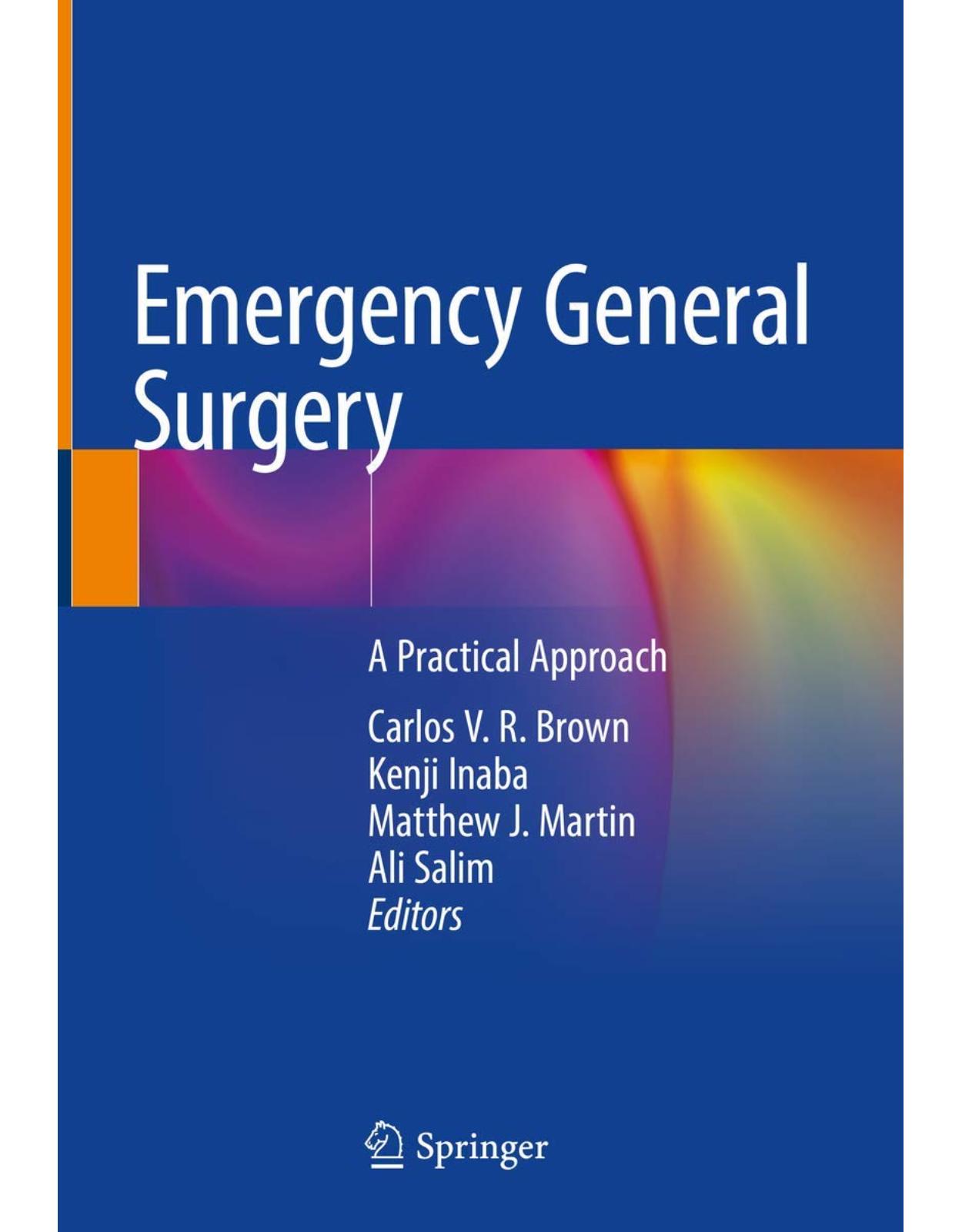
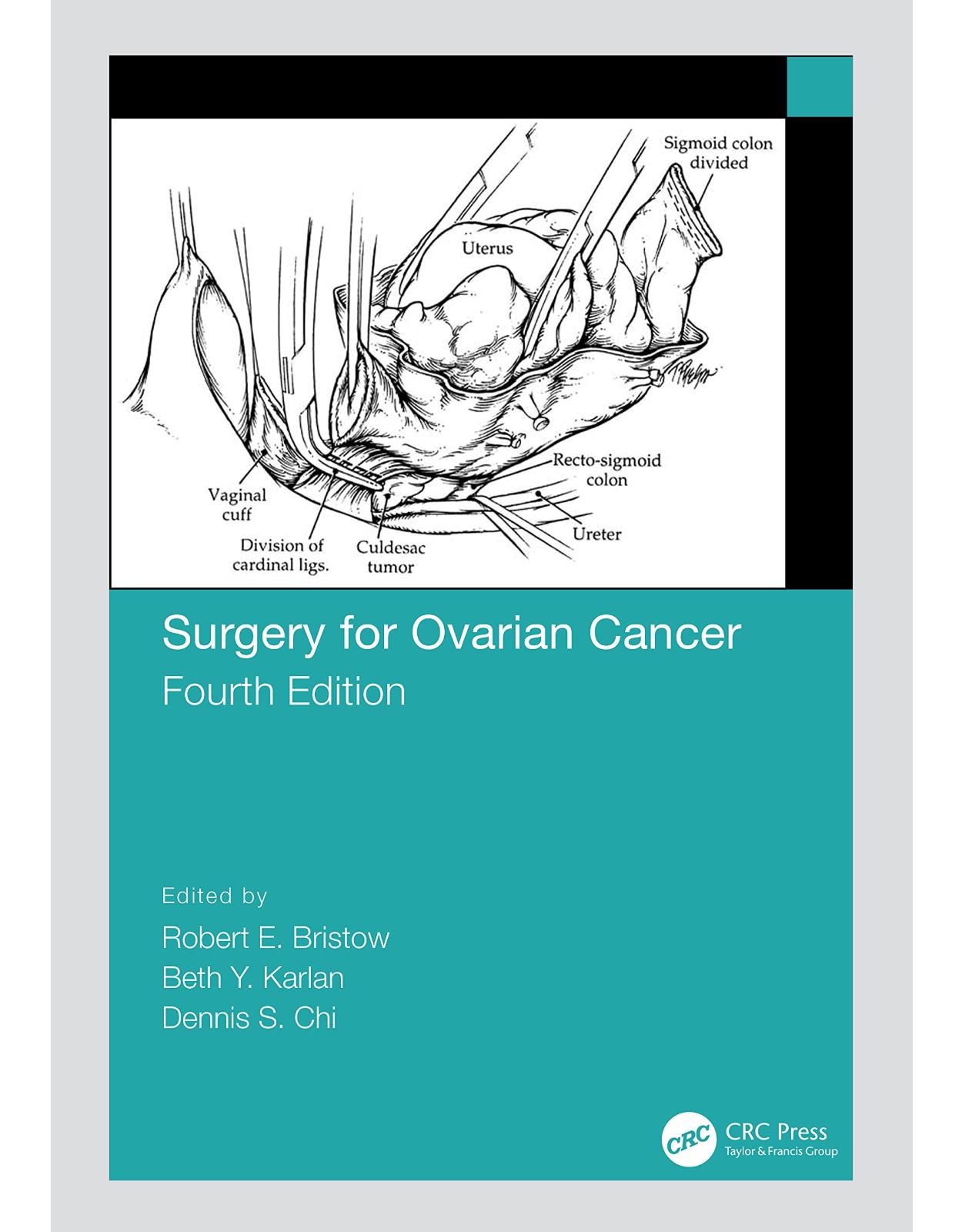
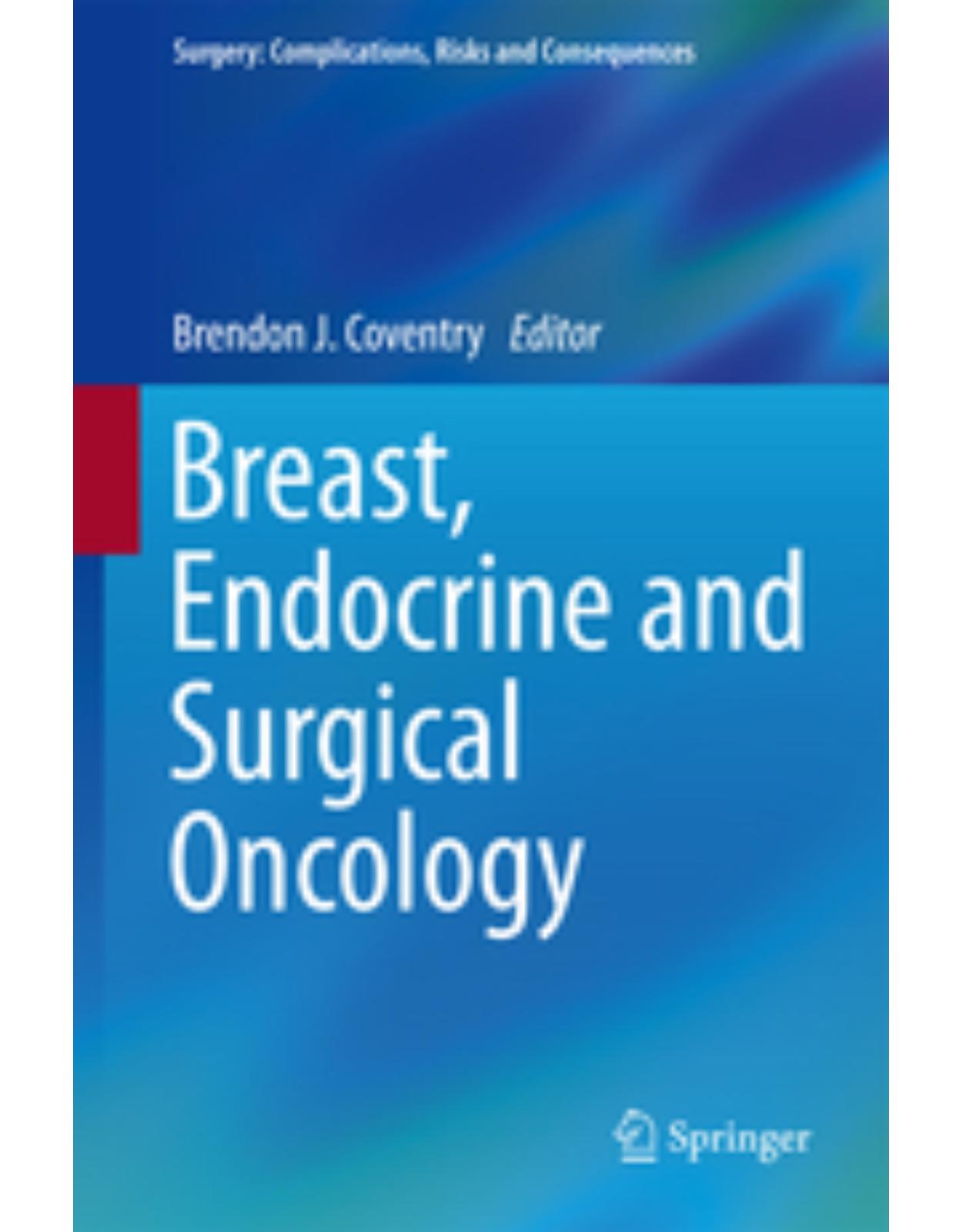
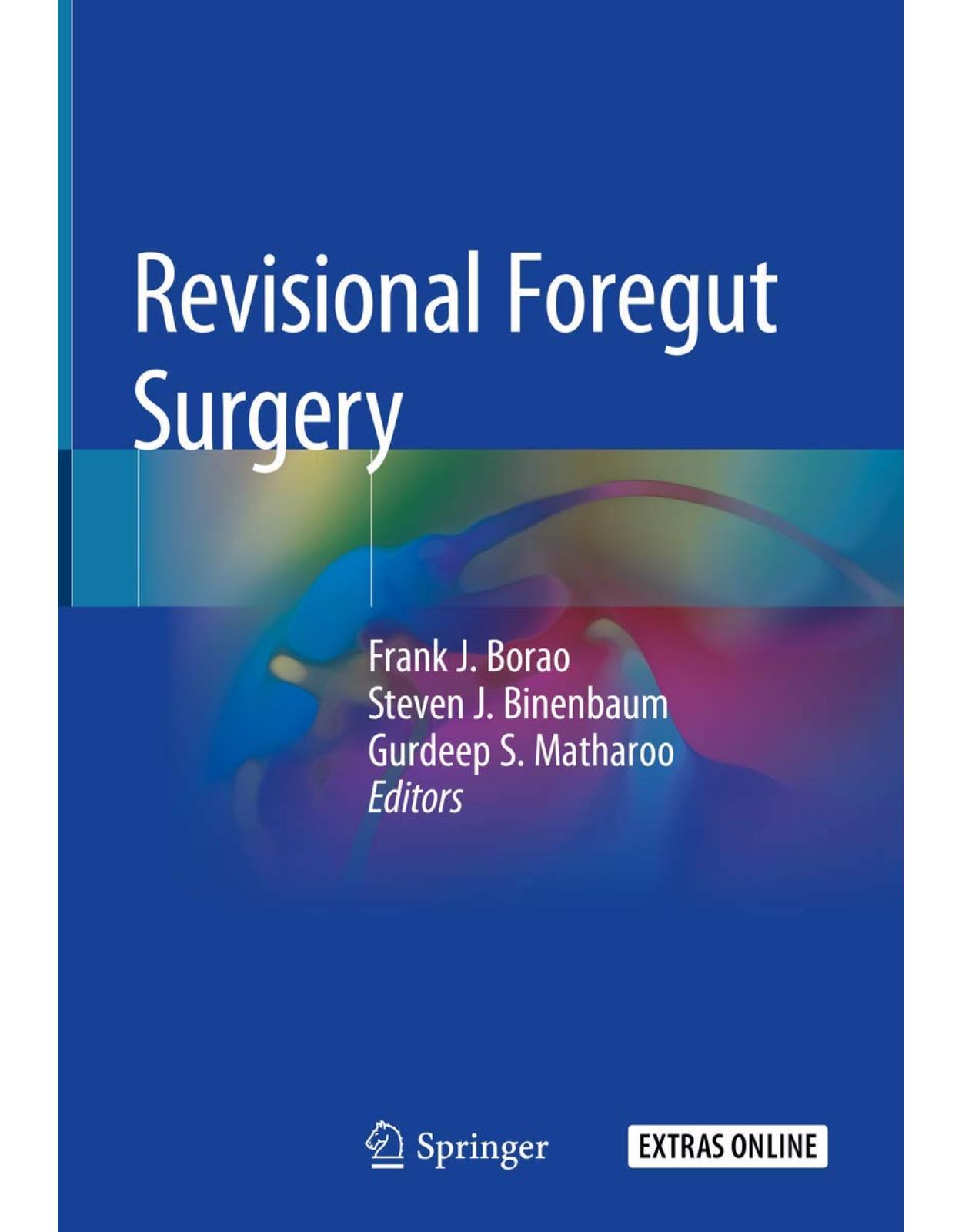
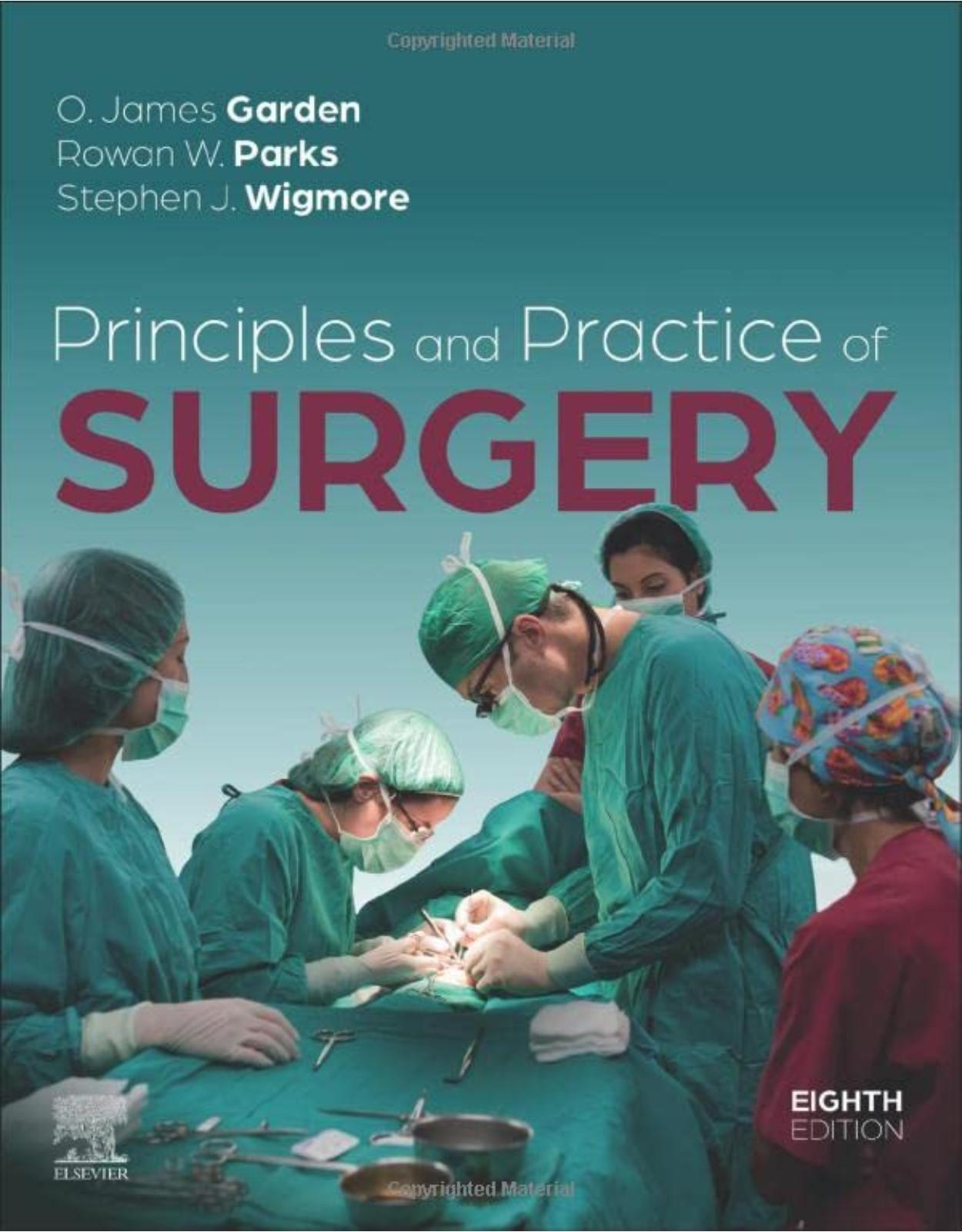
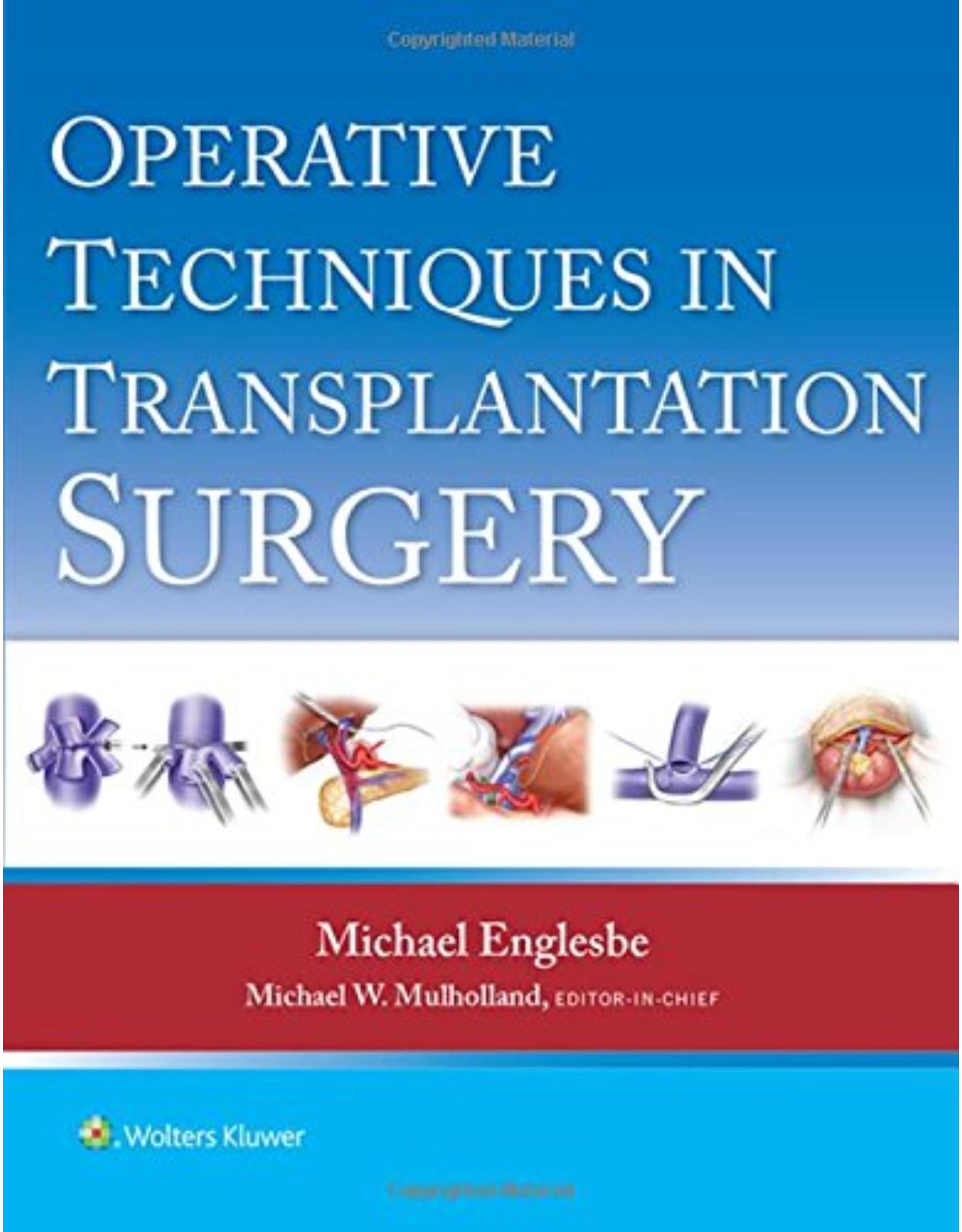
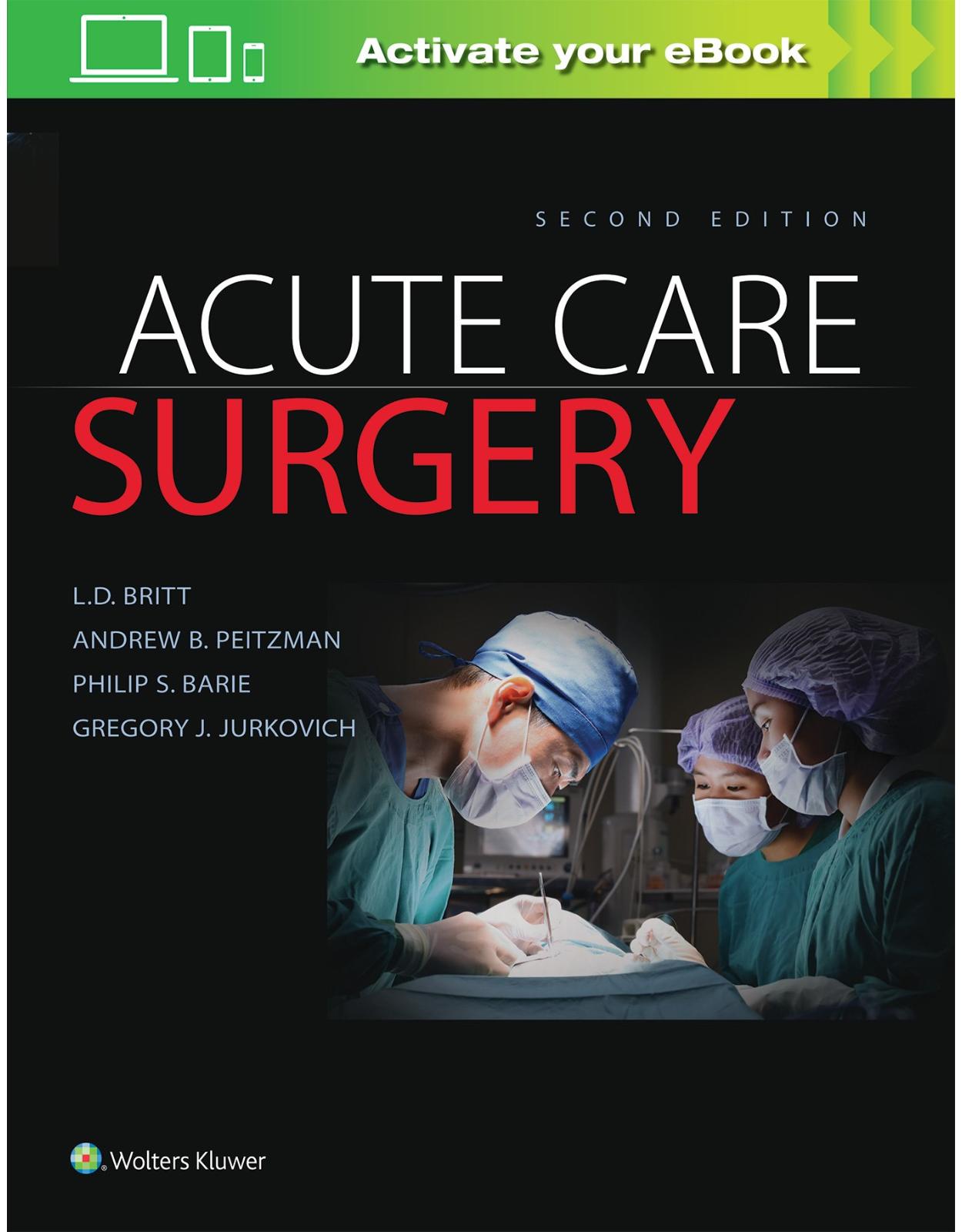
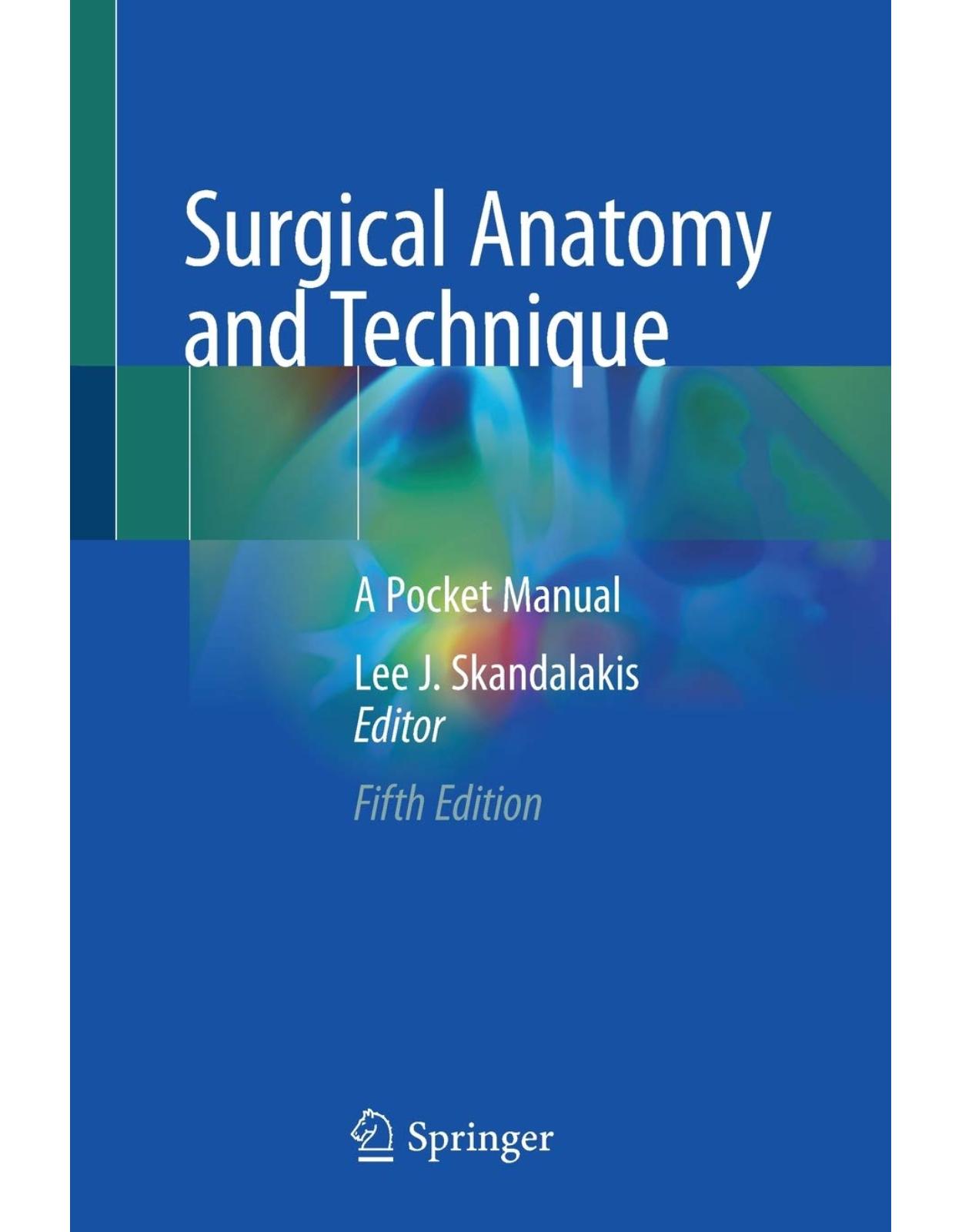
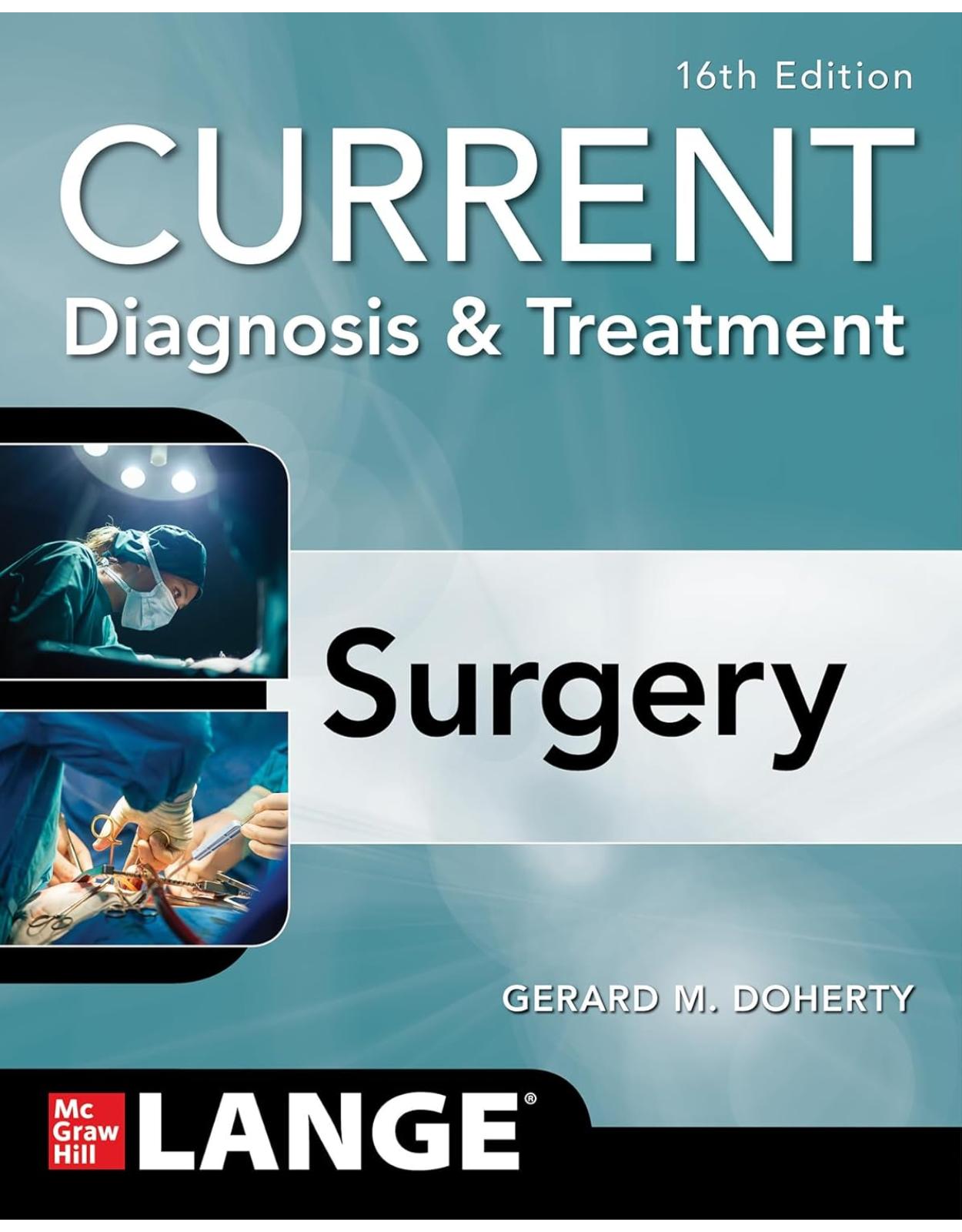
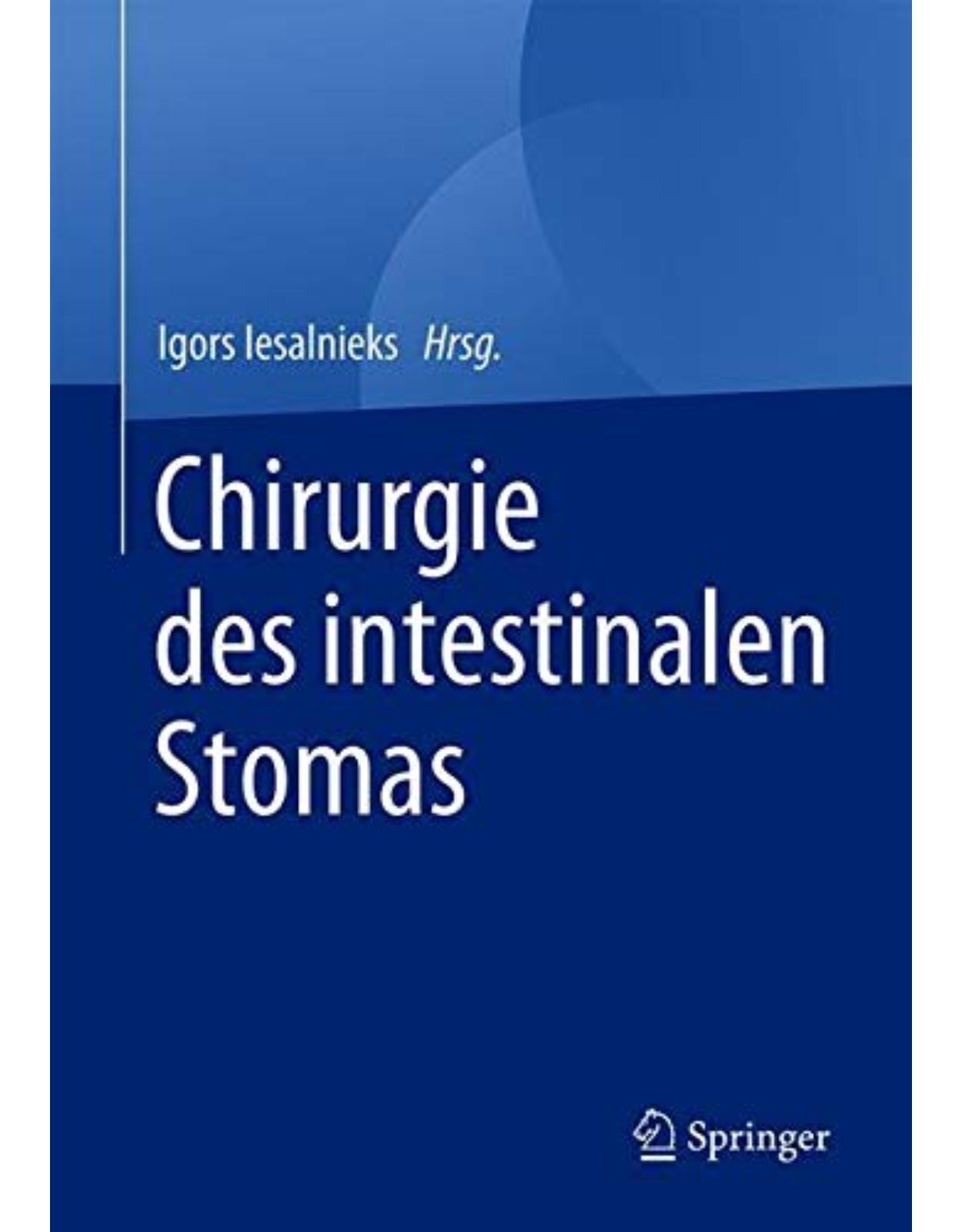
Clientii ebookshop.ro nu au adaugat inca opinii pentru acest produs. Fii primul care adauga o parere, folosind formularul de mai jos.